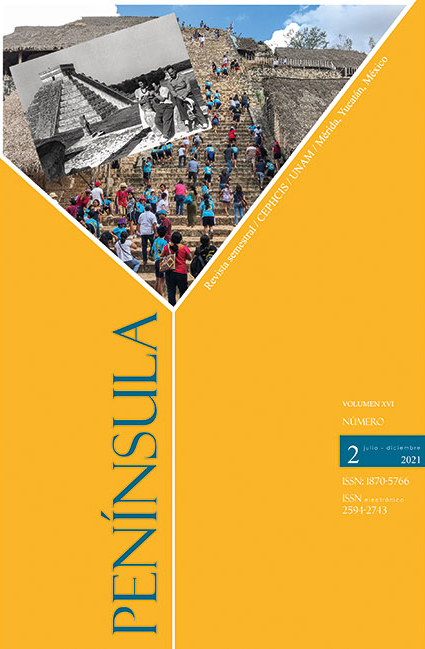Tourism History in Mexico. First Destinations, First Tourists
Main Article Content
Abstract
This article aims to explain the origins of tourism in Mexico during the first decades of the 20th century. It argues that tourism arose early in a peripheral region of Mexico, in Yucatán, as a result of the confluence of three processes: economic, political and scientific in nature. In 1921, it was founded in Mexico the first touristic company and its creation was directly linked up to the archaeological vestiges of Chichen Itza. One year later, the socialist government of Felipe Carrillo promoted tourism in the country and, for the first time, he included it as priority interest of the Mexican State. Finally, the year 1923 was the beginning of the scientific archaeology in Chichen Itza, as well as the starting point of the “invention of the Mayan world,” that is to say, the process of international diffusion of the indigenous settlements in the region. This is how the vestiges of a mythical civilization attracted the interest of national and foreign tourists and, with the construction of roads and good publicity dissemination by the press, Chichen Itzabecame one of the first Mexican tourist destinations of international standing.
Downloads
Download data is not yet available.
Article Details
How to Cite
Moreno Acevedo, E., & Enseñat Soberanis, F. (2021). Tourism History in Mexico. First Destinations, First Tourists. Península, 16(2). https://doi.org/10.22201/cephcis.25942743e.2021.16.2.80122
Citas en Dimensions Service
Universidad Nacional Autónoma de México (UNAM), todos los derechos reservados 2013-2013.
